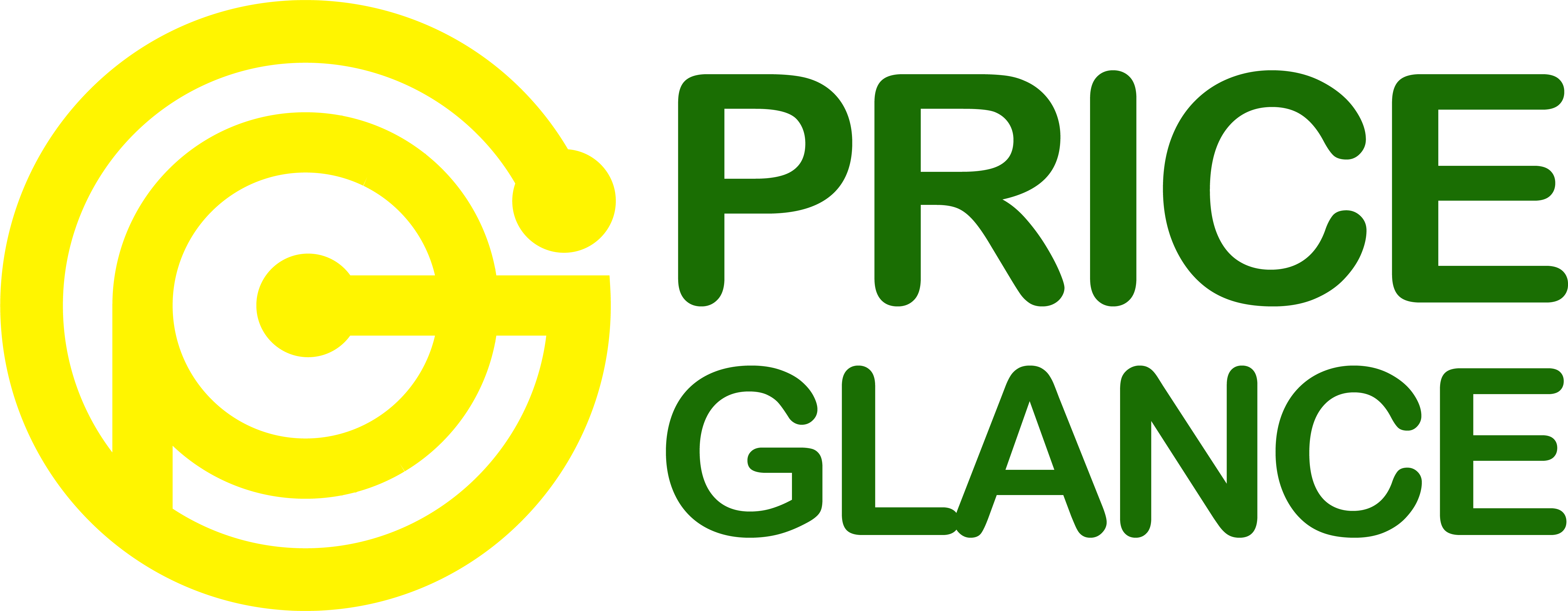
Introduction:
MAP pricing, short for Minimum Advertised Price, is a strategy employed by brands to maintain control over the advertised prices of their products. It sets a baseline price that retailers agree not to advertise below, ensuring a level playing field among sellers. Let’s delve deeper into this pricing model and its various aspects.
Understanding MAP Pricing
MAP pricing stands for Minimum Advertised Price. It’s the lowest price a retailer can advertise a product for sale, set by the manufacturer or brand. Retailers can sell the product at any price they want, but they cannot publicly advertise it for less than the agreed-upon MAP.
This strategy helps maintain a certain level of pricing consistency across different retailers, preventing a price war that could devalue the product or brand. It also ensures fair competition among retailers, as they compete based on factors other than price, such as customer service or additional benefits. MAP pricing aims to protect brand image, maintain profit margins, and support healthy competition in the market.
Certainly! When calculating MAP pricing, a manufacturer needs to meticulously consider various elements to ensure a balanced pricing strategy that benefits all stakeholders involved:
1. Preserving Profit Margins:
MAP pricing should be set in a way that safeguards the manufacturer’s profitability. This involves factoring in the cost of production, overhead expenses, marketing, and any other associated costs. The goal is to establish a price point that not only covers these expenses but also generates a reasonable profit for the manufacturer.
2. Reflecting Brand Value:
The MAP should resonate with the brand’s identity, values, and the perceived quality of the product. A brand renowned for premium quality should set a MAP that reflects this perception. This ensures that customers perceive the product’s value in line with the brand’s image, maintaining brand integrity and customer loyalty.
3. Reseller Margins:
Allowing sufficient margins for resellers and distributors is pivotal for a healthy supply chain. If the MAP is too restrictive and doesn’t leave room for adequate profits for intermediaries, it might discourage their participation or compromise their ability to market and sell the product effectively. Manufacturers often collaborate with their distributors to set a MAP that provides a fair balance between profitability and competitiveness in the market.
Balancing these factors demands a strategic approach that considers both short-term profitability and long-term brand sustainability. It involves analyzing market dynamics, understanding consumer behavior, and establishing a pricing structure that aligns with the manufacturer’s goals while incentivizing resellers to actively promote and sell the product.
Can You Sell Below MAP Pricing?
MAP pricing is a policy implemented by manufacturers or suppliers to establish a minimum price at which their products can be advertised or displayed for sale by retailers. MAP policies are often put in place to maintain a certain level of pricing consistency across different retailers and to protect the brand image of the product.
While MAP policies can vary between manufacturers and products, they generally do not restrict the actual selling price of a product. Retailers can usually sell products below the MAP price as long as they do not advertise or publicly display the product at a price below the specified MAP.
It’s important to note that the specifics of MAP policies can vary, and it’s advisable to consult the relevant manufacturer’s policy or seek legal advice to ensure compliance and understanding of the specific terms and conditions.
Legal Status in the United States:
MAP pricing is legal in the US unless it falls under antitrust violations or breaches competition laws by coercing resale price maintenance.
Prevalence Among Manufacturers:
Not every manufacturer uses MAP pricing. It’s an individual strategy based on brand positioning and market dynamics.
Benefits of MAP Pricing for Manufacturers:
– Brand Image Control: Maintains brand integrity by preventing price erosion.
– Fair Competition: Levels the playing field among retailers.
– Supports Margins: Ensures adequate profits for both manufacturers and retailers.
Understanding MSRP (Manufacturer’s Suggested Retail Price):
MSRP is the price suggested by the manufacturer at which the product should be sold. While it’s related to pricing strategy, it’s distinct from MAP.
MSRP vs. MAP:
MSRP is a recommended price, while MAP is the minimum advertised price a retailer can promote.

Enforcing MAP Pricing on Amazon:
Amazon has its policies regarding MAP violations. Manufacturers can report violations to Amazon, which may take action against non-compliant sellers.
Conclusion:
MAP pricing is a strategic tool that helps manufacturers maintain brand value, ensures fair competition, and supports profitability for all involved parties. When implemented thoughtfully, it can be a powerful mechanism to sustain a brand’s reputation and market positioning.
